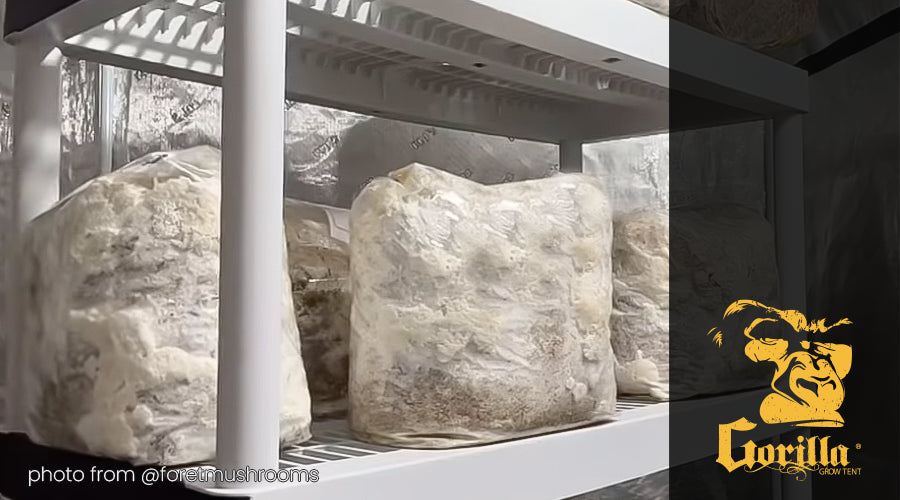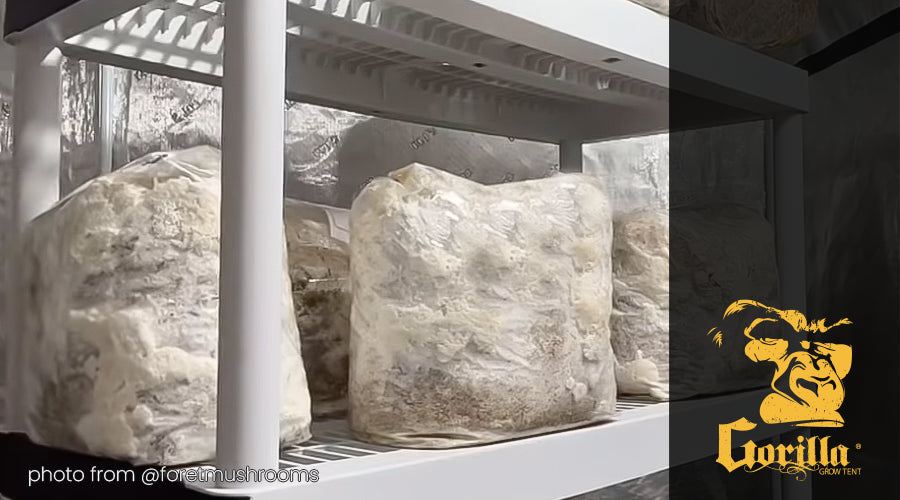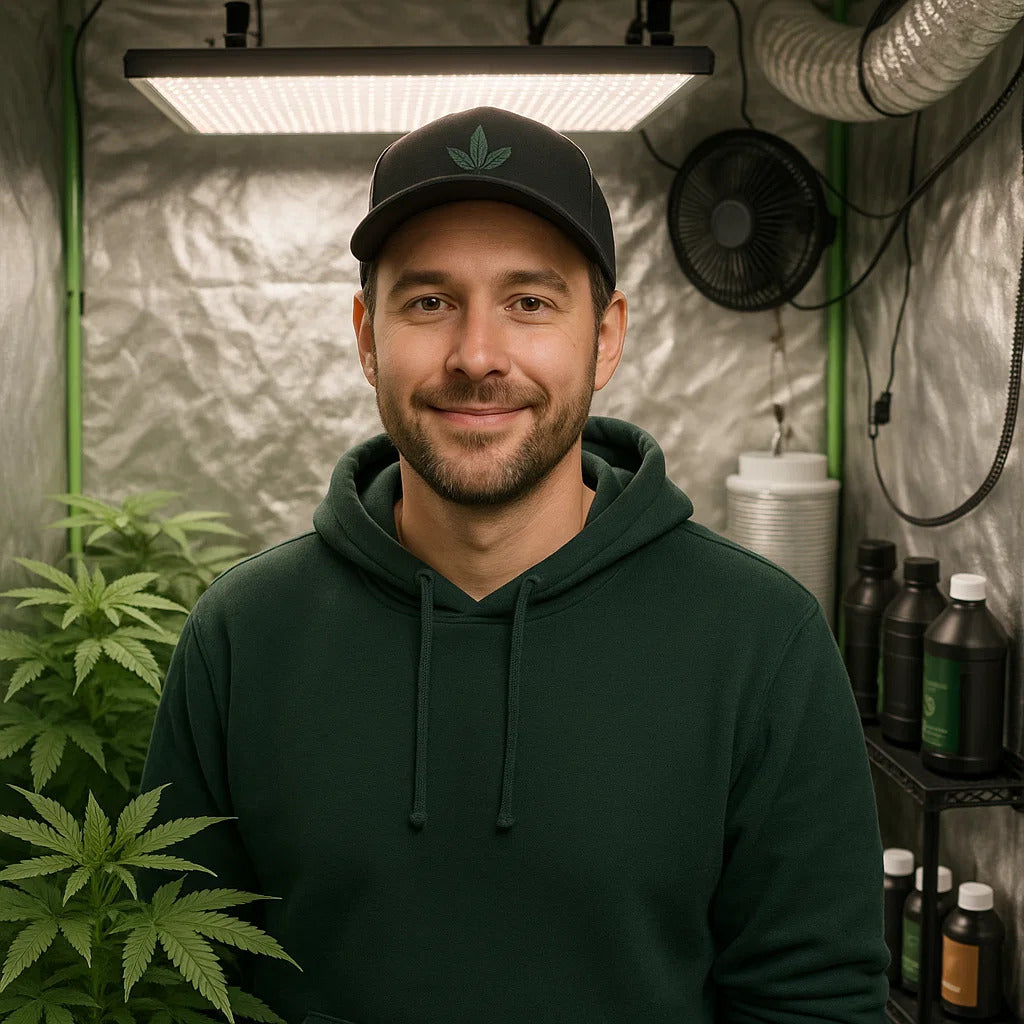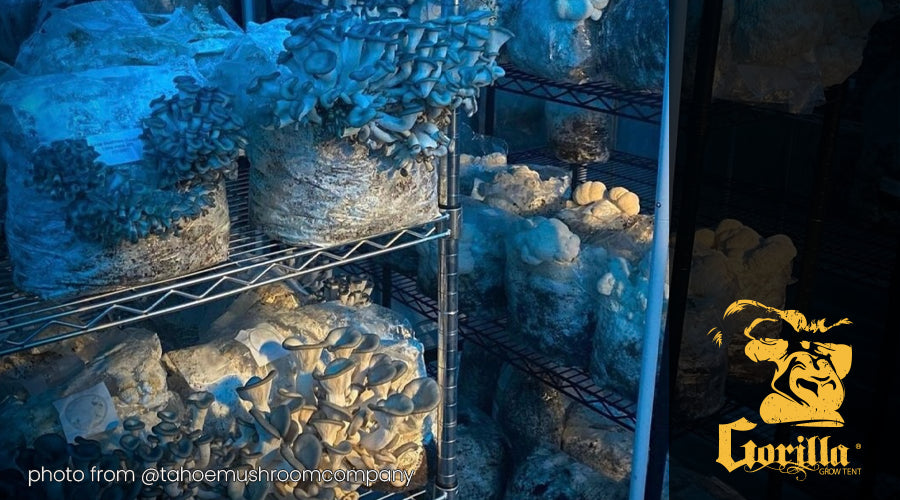
Mushroom Growing Supplies: Essential Tools for Successful Cultivation
Essential Mushroom Growing Supplies: A Comprehensive Guide
Mushroom cultivation has gained significant popularity in recent years, attracting enthusiasts from all walks of life. Whether you're a seasoned gardener or a curious beginner, embarking on a journey to grow your mushrooms can be both rewarding and exciting. To ensure a successful harvest, it's essential to have the right mushroom growing supplies at your disposal.
In this comprehensive guide, we'll walk you through the key items you need to get started on your mushroom growing adventure.

From Spores to Harvest: Must-Have Mushroom Growing Supplies
- Substrate Materials:
The foundation of any successful mushroom cultivation project is the substrate – the material on which your mushrooms will grow. Substrate options vary depending on the type of mushrooms you intend to cultivate, but common choices include:
Brown Rice Flour: An excellent substrate for species like oyster mushrooms and shiitakes, brown rice flour provides a nutritious medium for mycelium growth.
Vermiculite and Perlite: These lightweight and porous materials are often used as a base in substrate mixtures due to their water retention and aeration properties.
Coconut Coir: A popular choice for many mushroom varieties, coconut coir provides good water retention and proper aeration for mycelium development.
- Growing Containers:
Selecting the right containers is crucial for maintaining the ideal environment for your mushrooms to thrive. Common options include:
Plastic Buckets or Tubs: These are versatile and easy to sterilize, making them suitable for bulk substrate preparation.
Mason Jars: Ideal for cultivating mushrooms on a smaller scale, mason jars are perfect for beginners and allow for easy observation of mycelium growth.
Grow Bags: Offering a convenient and space-efficient option, grow bags are especially popular for cultivating edible and medicinal mushrooms.
- Inoculation Tools:
Inoculating your substrate with mushroom spores or mycelium is a pivotal step in the cultivation process. Essential tools include:
Syringes or Spore Prints: Used to introduce mushroom spores into your substrate. Sterilized syringes allow precise and controlled inoculation.
Alcohol Burner or Pressure Cooker: These are crucial for sterilizing your tools and substrate to prevent contamination.
Scalpel or Inoculation Loop: Necessary for transferring mycelium or spores without introducing contaminants.
- Incubation and Fruiting Environment:
Creating the right conditions for mycelium growth and fruiting is essential for a successful harvest. Supplies for this stage include:
Heat Mat: Maintains a consistent temperature to encourage mycelium colonization.
Humidifier: Helps maintain the required humidity levels for optimal growth and fruiting.
Hygrometer and Thermometer: Monitors humidity and temperature levels within the growing environment.
- Fruitbody Development and Harvesting:
As your mushrooms mature, you'll need specific tools for harvesting and processing:
Spray Bottle: Used to mist the substrate and maintain humidity during the fruiting phase.
Mushroom Knife or Scissors: Essential for cleanly harvesting mature mushrooms without damaging the substrate.
Drying Rack: If you plan to preserve your harvest, a drying rack ensures proper air circulation and prevents mold growth.
- Personal Protective Equipment (PPE):
Safety should always be a priority when working with mushroom cultivation supplies. PPE items include:
Gloves: Protect your hands from potential contaminants and help maintain a sterile environment.
Face Mask: Prevents the release of contaminants from your breath into the cultivation area.
Clean Clothing: Wear dedicated clothing or lab coats to minimize the introduction of foreign particles.
- Pest and Contamination Management:
Maintaining a clean and sterile environment is crucial to prevent pests and contaminants from jeopardizing your mushroom cultivation efforts. Consider these supplies:
Disinfectants: Use a mild bleach solution or other recommended disinfectants to clean surfaces, tools, and equipment.
Disposable Gloves: Change gloves frequently to avoid cross-contamination and prevent the spread of unwanted microorganisms.
Isopropyl Alcohol: Essential for sterilizing tools, containers, and workspaces before and after use.
- Lighting Options:
While mushrooms don't require direct sunlight for growth, proper lighting can help regulate their growth cycles and fruiting patterns:
Indirect Light: Soft, ambient light from windows or fluorescent bulbs can help regulate the mushroom's fruiting cycles.
LED Grow Lights: For controlled indoor environments, LED grow lights provide the specific spectrum of light needed for optimal fruiting and growth.
- Air Exchange Supplies:
Maintaining proper air circulation is crucial for the health and development of your mushrooms. Consider the following:
Air Pump and Air Stones: In a controlled fruiting chamber, an air pump and air stones help provide fresh air and encourage healthy mushroom growth.
Fan: For more extensive setups, a fan can help maintain air circulation and prevent the buildup of stale air.
- pH Testing Kit:
Some mushroom species are sensitive to pH levels, and testing and adjusting the pH of your substrate can be important for successful cultivation:
pH Meter or Test Strips: These tools help you monitor and adjust the pH of your substrate to create an optimal environment for mycelium growth.
- Monitoring and Recording Supplies:
Keeping track of your cultivation progress is essential for learning and improving your techniques over time:
Notebook and Pen: Document important details such as inoculation dates, growth milestones, and any observations you make during the cultivation process.
- Mushroom Spore or Culture Sources:
Obtaining high-quality mushroom spores or cultures is fundamental to your cultivation success:
Reputable Suppliers: Research and choose trusted suppliers of mushroom spore prints, syringes, or cultures to ensure the genetic integrity of your mushrooms.
Exploring the World of Mushroom Growing Supplies
As you dive into the fascinating world of mushroom cultivation, the right supplies can make all the difference in your success. From the initial stages of substrate preparation to the rewarding moments of harvesting your own mushrooms, having the essential tools and resources at your disposal will empower you to create a thriving and fulfilling cultivation experience.
Remember, every step you take in learning about and acquiring these supplies brings you one step closer to becoming a skilled mushroom cultivator. Happy growing!

Lena Myles
I'm a mushroom enthusiast and home cook based in Oregon. I'm passionate about foraging and creating fungi-focused recipes, especially delicious, plant-based dishes using gourmet mushrooms like trumpet, shiitake, and oyster. When I’m not in the kitchen, you’ll usually find me wandering the woods in search of new wild flavors.


